The 25 Blockbuster IT Executive Moves Of 2013

Big Names, Big Moves
Last year was a historic one for big-name executive moves; consider that Microsoft and Intel had major news at the CEO position, while HP, Dell, Microsoft and other top vendors shook up their respective leadership teams with new appointments and the departures of some familiar faces. Here's a look at the 25 biggest IT executive moves of 2013.
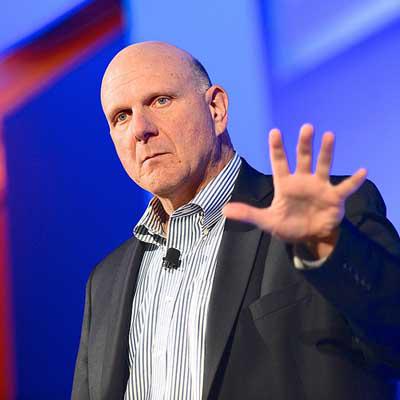
Steve Ballmer
It's the end of an era for Microsoft: Steve Ballmer, the company's passionate and boisterous CEO, announced last summer that 2013 would be his last full year with the company. A Microsoft lifer, Ballmer joined the company in 1980 and worked in a variety of management and sales roles before succeeding Bill Gates as CEO in 2000. Ballmer's impending retirement set off a massive CEO search by Microsoft, which is still considering its options.
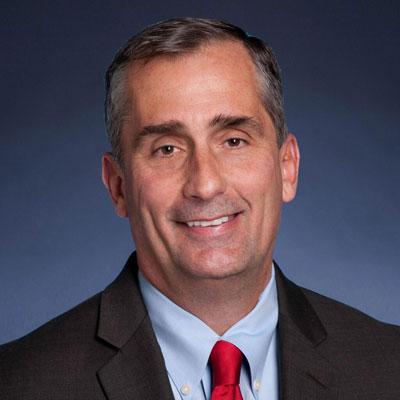
Brian Krzanich
Intel's own CEO search ended last spring when the world's largest chip maker named COO Brian Krzanich to succeed Paul Otellini, who retired from the company. Krzanich, just the sixth CEO in Intel's history, joined Intel in 1982 and over the years has held a number of different management and senior leadership roles in Intel's manufacturing business, including vice president and general manager of manufacturing and supply chain. He was promoted to COO in 2012.

Stephen Herrod
VMware Chief Technology Officer and Cloud Guru Stephen Herrod left the virtualization leader last winter after more than a decade with the company. Herrod, who was also a major driver behind VMware's software-defined networking push, joined venture capital firm General Catalyst as managing director. He joined VMware as a research and development director and later became vice president of R&D. Prior to VMware, he held engineering roles at Transmeta and SGI.
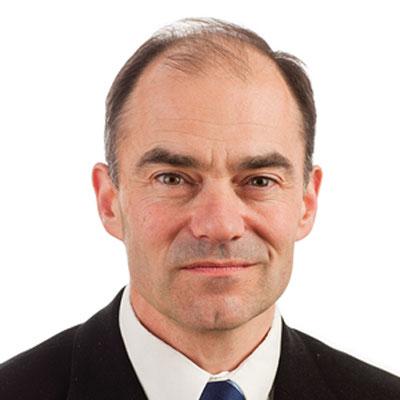
Warren East
ARM Holdings' longtime CEO Warren East retired last summer, handing the reins of the microprocessor company to ARM President Simon Segars. East spent nearly 20 years with ARM, joining the company in 1994 as an engineer. After becoming CEO in 2001, he helped lead the company to a hugely successful period as a dominant player in mobile processor technology. Prior to CEO, East also served as COO and vice president of business operations.

Andy Rubin
The head of another highly successful mobile business also stepped down last year. Andy Rubin, Google's senior vice president of Mobile and Digital Content and the leader of the company's Android business, stepped down from his post last spring to move to a new, unspecified role at Google. Rubin co-founded Android Inc. in 2003, which was acquired by Google two years later, and led development of the mobile OS. Prior to that, he was the co-founder and CEO of mobile firm Danger.

Ray Lane
Hewlett-Packard shook up its leadership team in April when Ray Lane stepped down as executive chairman of HP's board. The embattled Lane, who had been criticized for his support of former HP CEO Leo Apotheker and HP's Autonomy acquisition, kept his seat on the board but was replaced as chairman by board member Ralph Whitworth, who has held the role on an interim basis. Before joining HP's board, Lane was best known as president and COO of Oracle.

Todd Bradley
Last summer, Todd Bradley, formerly the executive vice president of Hewlett-Packard's Printing and Personal Systems (PPS) group, was moved to a new role at HP: executive vice president of strategic growth initiatives. In the newly created position, Bradley focuses on HP's business in emerging markets, specifically China, and its global channel relationships. Bradley joined HP in 2005; before that, he served as CEO of PalmOne and held senior roles at GE Capital and Dun & Bradstreet.
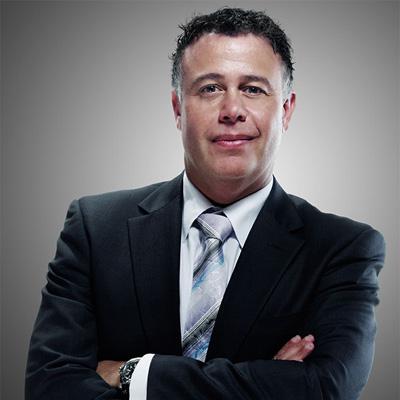
Dion Weisler
Replacing Todd Bradley as head of Hewlett-Packard's Printing and Personal Systems (PPS) group is Dion Weisler. Before being named as executive vice president of PPS last year, Weisler served as senior vice president and managing director of PPS for Asia Pacific and Japan. Before joining HP, he spent several years at Lenovo in executive roles, including vice president and COO of Lenovo's Product and Mobile Internet Digital Homes Group.
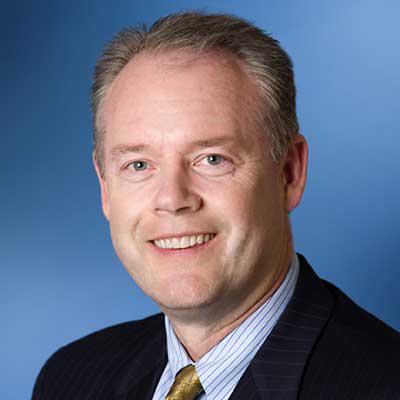
Kevin Johnson
A tumultuous year for Juniper Networks was highlighted by CEO Kevin Johnson's unexpected retirement. Johnson joined the networking company in 2008 as CEO after a long career at Microsoft. Before joining Juniper, he served as president of Microsoft's Platform & Services division, where he managed product development and marketing for Windows and Microsoft Online Services. Before that, Johnson was group vice president of Microsoft's Worldwide Sales, Marketing and Services.
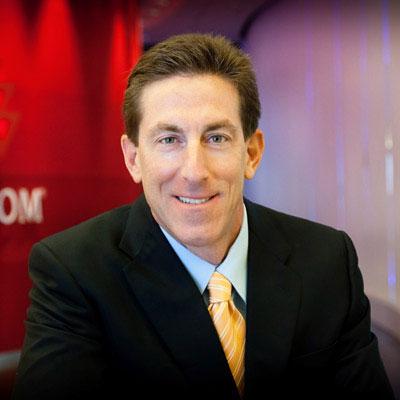
Andrew Miller
Polycom CEO Andrew Miller unexpectedly stepped down last summer following the discovery of "irregularities" in Miller's expense reports. He had joined the videoconferencing company in 2009 as executive vice president of global field operations and was promoted to CEO in 2010. Before that, he served as CEO of Tandberg, a Polycom competitor. Polycom named Peter Leav, a former Motorola and NCR executive, as its new CEO in December.
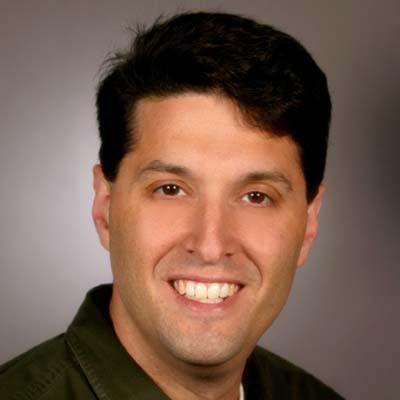
Terry Myerson
Microsoft's Windows business got a new leader following a major corporate reorganization last summer. Terry Myerson, a 16-year veteran of Microsoft, was named executive vice president of the Operating Systems Group. He previously served as corporate vice president of the Windows Phone unit and joined Microsoft in 1997 when it acquired Interse, a software company Myerson founded.
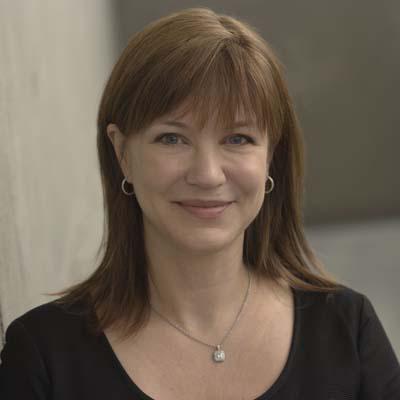
Julie Larson-Green
As part of Microsoft's big reorganization last summer, Julie Larson-Green was named as executive vice president of Microsoft's newly formed Devices and Studios Group, which includes the company's tablet, mobile phone and gaming businesses. A 20-year Microsoft veteran, Larson-Green was most recently the head of Windows software and hardware businesses, having replaced longtime Microsoft executive Steven Sinofsky in 2012. Prior to that, she held senior executive roles in the Microsoft Dynamics division. Before Microsoft, Larson-Green worked at Great Plains Software, which was later acquired by Microsoft.

Tony Bates
Another Microsoft executive who took on a new role last summer after the reorganization is Tony Bates, who was named executive vice president of Business Development and Evangelism. Bates had previously served as president of Microsoft's Skype division since 2011, when Microsoft acquired the VoIP company. He served as CEO of Skype before the acquisition and also worked at Cisco Systems for several years in various executive roles, including vice president and general manager of Cisco's Enterprise, Commercial and Small Business Group.

Kurt DelBene
After departing Microsoft during the corporate reorganization, Kurt DelBene, the former head of Microsoft's Office division, moved to the public sector in December. DelBene was named senior adviser to Kathleen Sebelius, Secretary of the U.S. Department of Health and Human Services. In his new role, DelBene will oversee the Healthcare.gov website, which has been plagued with technical issues since launching last fall. DelBene spent more than 20 years with Microsoft; before taking over the Office business in 2010, he served as senior vice president of the Microsoft Business Division.
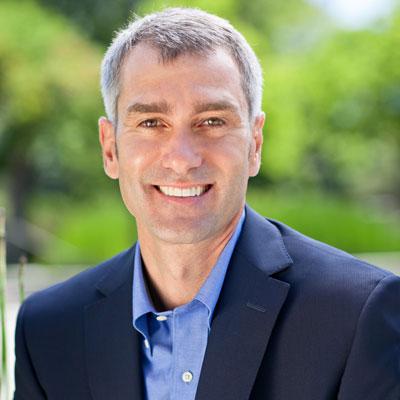
Bill Veghte
Hewlett-Packard's COO was given a new role last summer. HP CEO Meg Whitman named Bill Veghte as the company's new executive vice president and general manager of HP's Enterprise Group, replacing former enterprise head Dave Donatelli. Before joining HP in 2010 as executive vice president of HP Software, he spent 20 years at Microsoft in senior executive roles, including corporate vice president of North America and corporate vice president of Microsoft's Windows Server business.
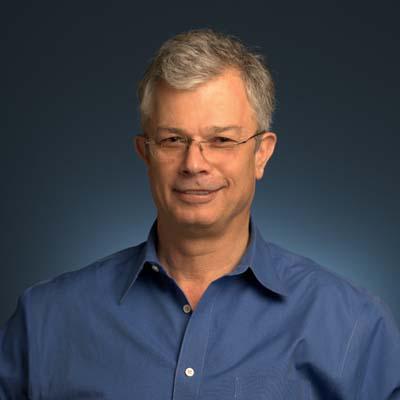
David 'Dadi' Perlmutter
David "Dadi" Perlmutter last fall announced he would step down from his position as executive vice president and general manager of Intel's Architecture Group in February of this year. An Intel lifer, Perlmutter joined the world's largest chip maker almost 35 years ago. He was one of several candidates considered as a successor to former CEO Paul Otellini (Intel COO Brian Krzanich got the job). During his long, distinguished career, Perlmutter led Intel's Mobility Group and was the driving force behind the company's Atom and Centrino processors. He also helped develop the legendary Pentium family of chips.
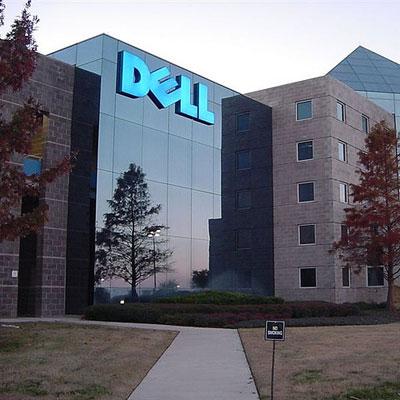
Bill Rodrigues
Shortly after finalizing a deal to take his company private, Michael Dell shook up his executive leadership and channel teams. The biggest name in the shake-up was Bill Rodrigues, a 14-year veteran of the company who was named as Dell's new president of North America, replacing Paul-Henri Ferrand. Rodrigues most recently served as vice president and general manager of Dell's global business. In his new role, Rodrigues will oversee Dell's channel strategy with all top channel executives reporting to him.
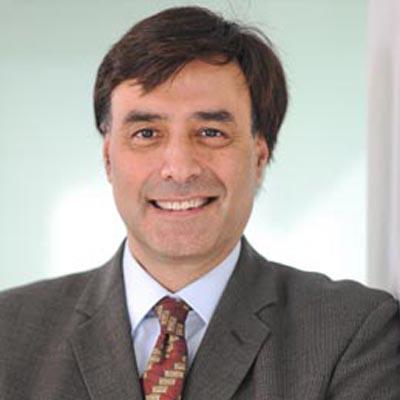
Shaygan Kheradpir
With former CEO Kevin Johnson stepping down over the summer, Juniper Networks named Shaygan Kheradpir, former CTO and CIO of Verizon Communications, as its new chief executive. Kheradpir, who spent more than 10 years at Verizon, also was named to the board of directors at Juniper. Most recently he served as chief operations and technology officer at Barclays. During his time at Verizon, he served as president of the telecom's e-business unit during its initial formation.

Thorsten Heins
The Thorsten Heins era of BlackBerry was short-lived. The smartphone company said goodbye to its CEO in November after BlackBerry abandoned plans to go private. In 2012, Heins was named as CEO of BlackBerry, then called Research In Motion, succeeding BlackBerry co-founders and co-CEOs Jim Balsillie and Mike Lazaridis. He was charged with turning around BlackBerry during a pivotal time for the smartphone maker with its new BlackBerry 10 operating system and new devices hitting the market. Heins joined BlackBerry in 2007 and before that served as CTO of Siemens AG.

John Chen
Replacing Thorsten Heins as BlackBerry's CEO is John Chen, the former CEO of Sybase. BlackBerry named Chen as interim CEO and executive chairman of the board in November in an effort -- once again -- to turn the company around. Chen became president and CEO of Sybase in 1997, and was later named chairman of the board as well; the company was acquired by SAP in 2010. Chen began his career as an engineer at Unisys. He currently serves on the boards of Wells Fargo and Walt Disney Co.

J.T. Wang
Acer was hit hard by the slumping demand for PCs last year, and after yet another tough quarter of declining sales, the computer maker announced in November that J.T. Wang would step down as chairman and CEO. Wang started with Acer -- then known as Multitech -- in 1981 as a sales engineer. He was named as Acer's president in 2001 and later chairman and CEO. In 2005, he relinquished the CEO role to Gianfranco Lanci but returned to the role in 2011 after Lanci resigned.
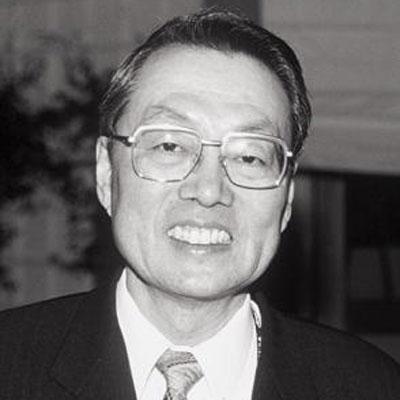
Stan Shih
Stan Shih, one of the biggest names in the computer industry, returned to take control of Acer after J.T. Wang stepped down. Shih founded Acer, originally called Multitech, in 1976, and the Taiwanese company became one of the largest PC manufacturers in the world. He served as CEO and chairman of Acer for many years before retiring in 2004. Shih came out of retirement in November when Acer's board tapped him to take over as chairman and interim president; the company later named Jason Chen as full-time president and CEO, while Shih remains as chairman.
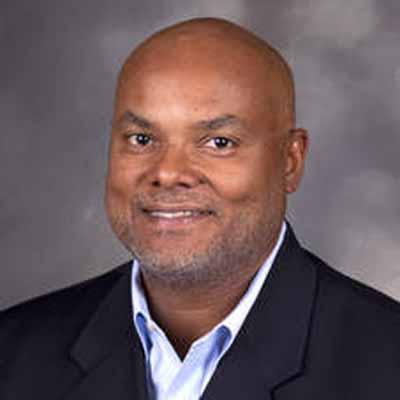
Lloyd Carney
Brocade named a new CEO last winter to replace Michael Klayko, who stepped down in January. Lloyd Carney, a 30-year technology veteran, was appointed as CEO. Carney most recently served as CEO and a member of the board of directors at Xsigo Systems, a virtualization software maker that was acquired by Oracle in 2012. Before that, he served as chairman and CEO of Micromuse for several years before it was acquired by IBM in 2006. He also held senior executive roles at Juniper Networks and Nortel Networks.
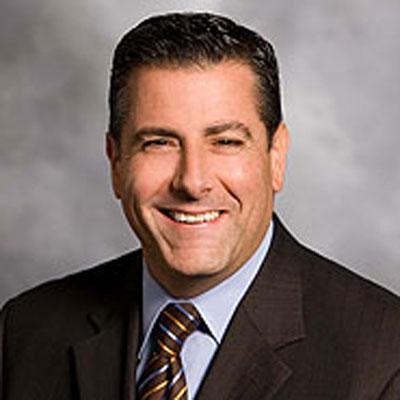
Nick Adamo
Cisco last January named Nick Adamo as its new head of the Americas business, succeeding Chuck Robbins, who was promoted to senior vice president of global sales in late 2012. Adamo has spent nearly 20 years at Cisco, first joining the company in 1995. During that span, he served as senior vice president of Cisco's service provider business and vice president of Northeast region sales. Adamo began his career with IBM and spent more than a decade with Big Blue in various sales management roles.
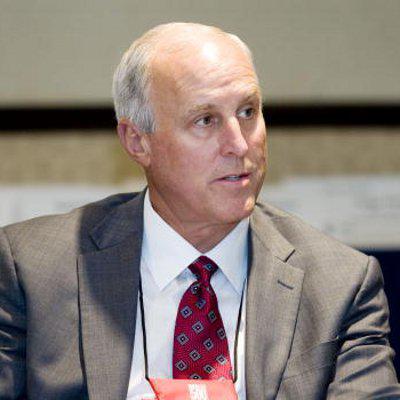
Jere Brown
Jere Brown, Dimension Data's chief executive of the Americas, officially retired in October after a long career with the international system integrator. He first joined Dimension Data in 2004 as senior vice president of sales for North America. Two years later, he was named CEO of Dimension Data North America and, later, his responsibilities were expanded to all of the Americas. During his tenure, Brown helped the systems integrator expand its cloud services business and geographical reach. Mark Slaga, formerly COO of Dimension Data for the Americas, succeeded Brown as CEO.